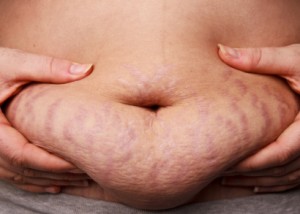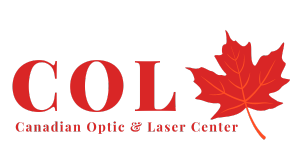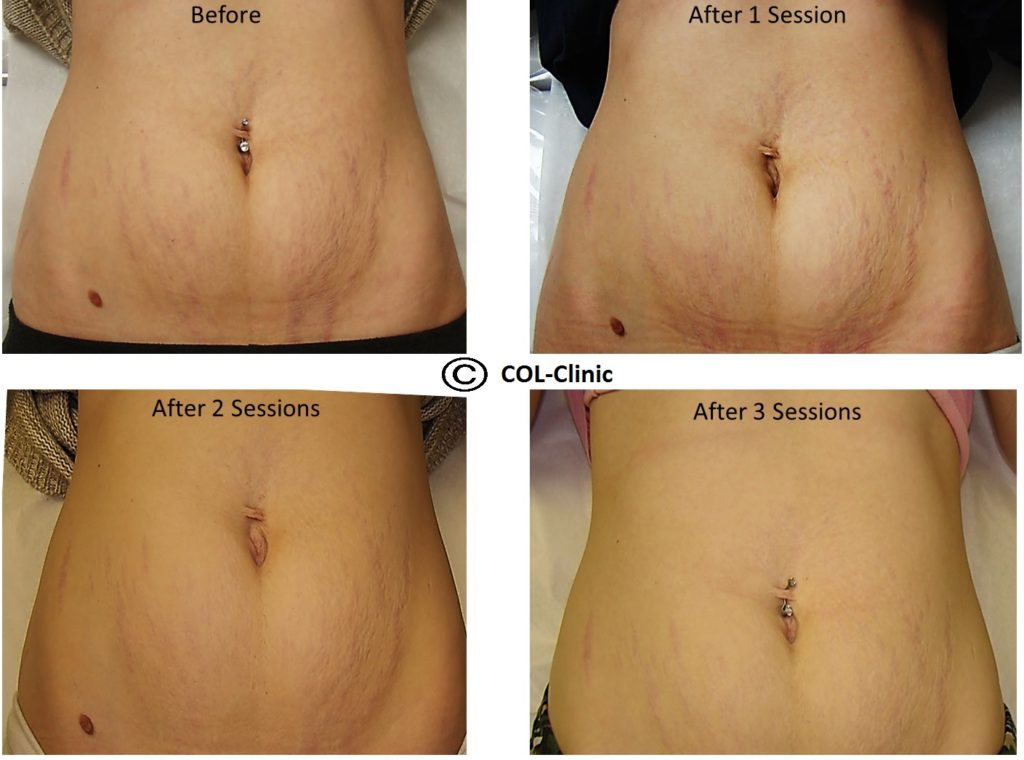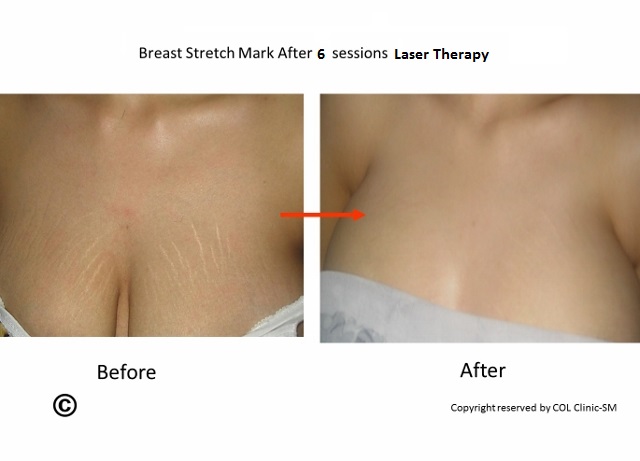Genetics is the biggest factor in whether or not you will get stretch marks. Pregnancy and excessive weight gain or weight loss are also common reasons for stretch marks. Some will be completely surprised, while others will simply know that genetics was or was not their friend. But how do you manage stretch marks? And how can they be reduced? At COL Clinic, we can help you diminish the appearance of your stretch marks and make them less noticeable with Laser therapy.
What Is a Stretch Mark?

Striae or stretch marks are irregular areas of skin that appear like bands, stripes, or lines. Striae are seen when a person grows or gains weight rapidly or has certain illnesses or conditions. Striae can be observed post pregnancy or weight-gain. Striae, stretch marks or cracks are created due to thinning of the dermis and epidermis of the skin under pressure often in areas such as thighs, buttocks, abdomen and breasts. Stretch marks look as parallel streaks of red, thinned, glossy skin that over time become whitish, pale and scar like in appearance. Stretch marks may be somewhat pressed and have different texture than normal skin. Striae in puberty usually occur on the thighs, buttocks, and breasts. During pregnancy it can occur in areas of the abdomen and breasts. Skin Striae also occurs in men, but is more common in women.
Phototherapy for Stretch Marks
Laser/ LHE/ IPL: It uses intense wavelengths of light to stimulate the growth of collagen, elastin or melanin production in your skin to get rid of stretch marks. Intense Pulse Light phototherapy helps to considerably reduce red and white stretch marks appearance by 50 to 70%. Phototherapy mechanisms by improving stretch mark texture and return back the damaged pigmentation caused by scar cracks inside dermis. Special cream is applied to areas with stretch marks for several weeks in combination with the treatment. This boosts cell growth in damaged areas. IPL/LHE stimulates cell multiplication through its penetrating light that gets deep in hard to reach areas in layers of skin, getting rid of stretch marks.
The treatment is not painful and has a slight sting feeling to it. There will be some swelling and treated areas may appear dark but it will disappear soon. This will not cause more damage to skin. New cells help refill cracked and injured tissues in dermis and epidermis. The result is impressively enhanced texture and skin coloring.
LLLT: Low Level Laser Therapy (LLLT) increases blood circulation and oxygen supply, stimulates collagen synthesis and remodels collagen fibers, activates fibroblasts to produce new collagen, stimulates cell division, maturation and proliferation, increases the strength of wound closing and healing to a much great degree, increases the speed, quality and tensile strength of tissue repair, and resolves inflammation.
Based on the severity and duration of stretch marks, the response rates have been reported from 30% to 80%. If it is required, new sessions of LLLT can be started 3 months after completion of the final session. The combination of anti-stretch mark and moisturizing products with consumption of Vitamin C and zinc products can help achieve better results.
Before and After Treatment
- Do not tan for 4 weeks prior to laser treatments and refrain from using self-tanning products for 2 weeks.
- Stop Retinol, Renova, Retin-A, gylcolic acids, bleaching creams and exfoliates for 3-4 days prior to treatment.
- Avoid sun exposure before and after laser treatments, it is recommended to use sun protection of SPF 30 or higher.
- Skin should be treated gently, avoid scrubbing or exfoliating the area and use a gentle cleanser.
* The results may vary from person to person.


